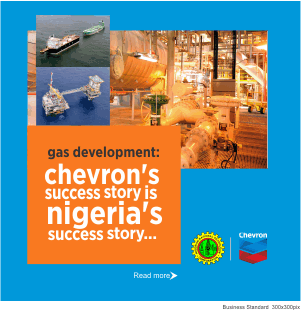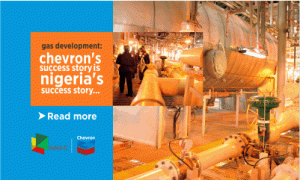Three days in office, three executive orders; experts say this is unprecedented as all orders point towards returning manufacturing fame and jobs back to US at the detriment of Asian Tiger, China. This further means that the China chase is now in full force.
US President Donald Trump Tuesday revived two blocked oil pipeline projects as he signaled his determination to unpick existing environmental legislation.
Inking the third executive order issued yesterday, Trump decreed that pipes should be American made — echoing his “America First” doctrine.
“I am very insistent that if we are going to build pipelines in the United States the pipes should be made in the United States,” Trump said.
“We want to build the pipe, put a lot of steel workers back to work.”
Most, although not all, oil pipelines buried underground and made of carbon steel.
Reports by AFP said Trump gave an amber light to the Keystone XL pipeline — which would carry deposits from Canadian tar sands to US refineries on the Gulf Coast — and an equally controversial pipeline crossing in North Dakota.
Both had been put on hold by President Barack Obama’s administration on environmental grounds.
He has moved to curb funding for abortions, embraced Israel, frozen government hiring and now sought to unwind environmental legislation.
But he has also bucked orthodoxy and sought to put his nationalist and populist print on policy, especially on the economy and trade.
True to his claim to be a hard-charging dealmaker, Trump said both pipeline projects would only be built subject to renegotiated terms and conditions.
“It is subject to a renegotiation of terms, by us,” Trump said. “We are going to renegotiate some of the terms and, if they like, we’ll see if we can get that pipeline built.”
The freshly minted president indicated that one possible focus could be who makes the actual piping.
Business Hilights recalls that Obama had rejected a permit from Calgary-based firm TransCanada to build the 1,179-mile (1,900 kilometer) Alberta-Nebraska section of the project.
The Canadian government led by Prime Minister Justin Trudeau has cautiously supported the plan, seeing it as a means of boosting business.








